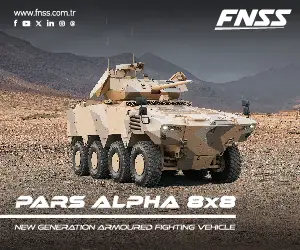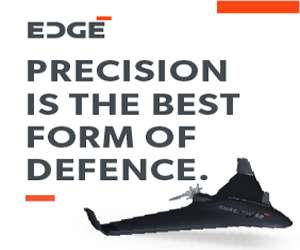|
IMR-2: Combat engineering vehicle based on T-72 chassis. It has a telescoping crane arm which can lift between 5 and 11 metric tons and utilizes a pincers for uprooting trees. Pivoted at the front of the vehicle is a dozer blade that can be used in a V-configuration or as a straight dozer blade. When not required it is raised clear of the ground.On the vehicle's rear, a mine-clearing system is mounted.
-IMR-2M1: Simplified model without the mine-clearing system. Entered service in 1987.
-IMR-2M2: Improved version that is better suited for operations in dangerous situations, for example in contaminated areas. It entered service in 1990 and has a modified crane arm with bucket instead off the pincers.
-IMR-2MA: Latest version with bigger operator's cabin armed with a 12.7 mm machine gun NSV.
-Klin-1: Remote controlled IMR-2
-IMR-3M: Obstacle clearing vehicle based on the T-90 main battle tank chassis.
|
| Armament |
|
A 7.62 mm machine can be mounted on the crew operator/commander hatch, for the self-protection of the vehicle.
|
| Protection |
|
The hull and the small operator cupola are made in steel, which give protection against small arms firing and shell splinters. The cupola of the operator is fitted with small bullets-proof windows on 360°.
|
| Propulsion |
|
The IMR is motorized with a Model V-55 V-12 water-cooled diesel developing 580 hp at 2,000 rpm. The IMR can run at a maximum speed of 48 km/h on road (35 km/h off-road) with a maximum range of 400 km. The IMR is based on the T-55 main battle tank chassis. The torsion bar suspension, either side, consists of five single rubber road wheels with a distinct gap between the first and second road wheels. The drive sprocket is at the rear and the idler at the front. There are no track-return rollers. The first and fifth road wheel stations are provided with a hydraulic shock-absorber.
|
| Accessories |
|
The IMR is based on the T-55 main battle tank, but the combat turret was removed, and replaced by engineer military equipment. The IMR is equipped with a hydraulically operated crane which can be traversed through 360º. The arm of this crane is telescopic and when in the travelling position rests on a cradle at the rear of the hull. The cradle folds down against the engine deck when the crane is being used. A hydraulic dozer blade is mounted at the front of the hull, which transforms the vehicle into a bulldozer, grader, or two-sided configuration by use of hydraulics (without the crew leaving the vehicle), and can operate on an adjustable blade depth. This can be used to cover potholes, craters, trenches, etc. The bulldozer blade varies from 3.4 meters wide in its grader form to 3.56 in two-sided form and 4.15 in bulldozer form. Collapse breaching speed is up to 200-300 meters per hour in forest and 160-200 meters per hour in urban areas. It can construct roads through a harsh terrain at a speed of 5-8 kph. Standard equipment for the IMR includes night vision devices, NBC system and the ability to lay a smoke screen by injecting diesel fuel into the exhaust on the left side of the hull. Some vehicles carry a wood beam which is mounted at the rear of the hull when not required.
The IMR is fully hermetic and is equipped for underwater driving at a depth of down to 5 meters, a system of anti-nuclear defense, an R-113 or R-123 radio, automated firefighting system, DP-3B rentenometer and VPHR chemical recon device as well as a filter and ventilation system allowing it to work in areas of chemical and radioactive contamination with the crew not requiring additional protection. Radiation dose reduction coefficient equals 10.
|
| |
| Specifications |
 Back to top Back to top |
|
Armament
|
|
One 7.62 mm machine gun
|
|
Country users
|
|
Russia and other East countries.
|
|
Designer Country
|
|
Russia
|
|
Accessories
|
|
NBC protection system, schnorkel, engineer tools, automated firefighting system
|
|
Crew
|
|
2 soldiers
a
|
|
|
Armor
|
|
Protection against small arms and shell splinters.
|
|
Weight
|
|
37,500 kg
|
|
Speed
|
|
48 km/h maximum road speed
|
|
Range
|
|
400 km on road
a
|
|
Dimensions
|
|
Length, 6.45 m hull; 10.6 m in work posiition
Width, 3.27 m; Height, 2.48 m
|
|
|
| |
|




















